So you're standing in your kitchen, recipe in one hand and a half-full spice rack in the other, wondering if you can swap out that bunch of fresh basil for dried herbs — or vice versa. You're not alone! Understanding the dried herbs to fresh ratio is a culinary superpower that every home cook should have.
In this article, we'll take you through everything you need to know about swapping between dried and fresh herbs, complete with handy conversion tables, storage hacks, and even some product recommendations to keep your spice game strong.
Table of Contents
- Understanding the Dried to Fresh Herb Ratio
- Herb Conversion Table: Dried vs. Fresh
- How to Store Both Fresh & Dried Herbs
- Buying Guide: Best Products for Storing & Using Herbs
- Pro Tips for Using Fresh & Dried Herbs in Cooking
- Frequently Asked Questions About Herb Ratios
- Final Thoughts
Understanding the Dried Herbs to Fresh Ratio
The main reason you can't just swap fresh herbs for dried (or vice versa) on a 1:1 basis has to do with concentration. When you dry an herb, its flavor becomes more intense due to the loss of moisture. So, using the same amount of dried as you would fresh could lead to a dish that tastes overwhelmingly herbal — which might be great for witches' cauldrons but not so much for your Sunday roast.
Generally speaking, here's the golden rule:
- 1 tablespoon of fresh herbs = 1 teaspoon of dried herbs
This 3:1 ratio is your go-to guide for most leafy herbs like oregano, thyme, and rosemary. But hold up — there are exceptions!
Why This Ratio Works
Fresh herbs contain a lot of water — sometimes up to 80% — which means their flavor is diluted compared to their dried counterparts. Once they're dried, the essential oils remain, making them more potent. That's why less dried herb goes a long way.
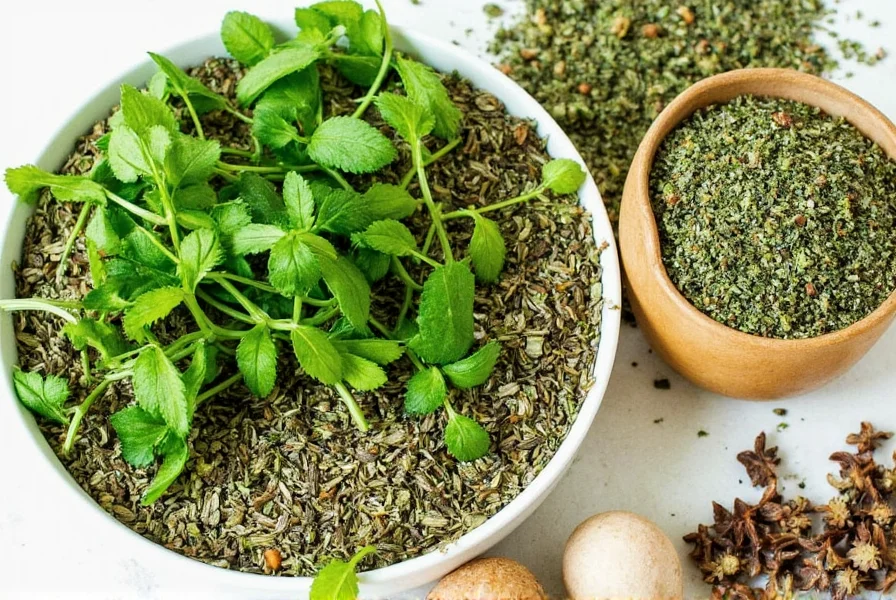
Herb Conversion Table: Dried vs. Fresh
To make things easier, we've created a quick-reference table comparing common herbs and their equivalents. Use this whenever you're adjusting recipes or improvising mid-cook.
| Herb | Fresh Equivalent | Dried Equivalent | Best For |
|---|---|---|---|
| Basil | 1 tbsp chopped | 1 tsp | Pesto, tomato sauces, salads |
| Oregano | 1 tbsp chopped | 1 tsp | Pizza, pasta, grilled meats |
| Thyme | 1 tbsp leaves | 1 tsp | Stews, soups, roasted veggies |
| Rosemary | 1 tbsp chopped | ½ tsp | Roasts, breads, potatoes |
| Parsley | 1 tbsp chopped | ¾ tsp | Garnishes, tabbouleh, fish dishes |
| Dill | 1 tbsp chopped | ½ tsp | Pickling, yogurt sauces, seafood |
| Cilantro | 1 tbsp chopped | ½ tsp | Salsas, curries, tacos |
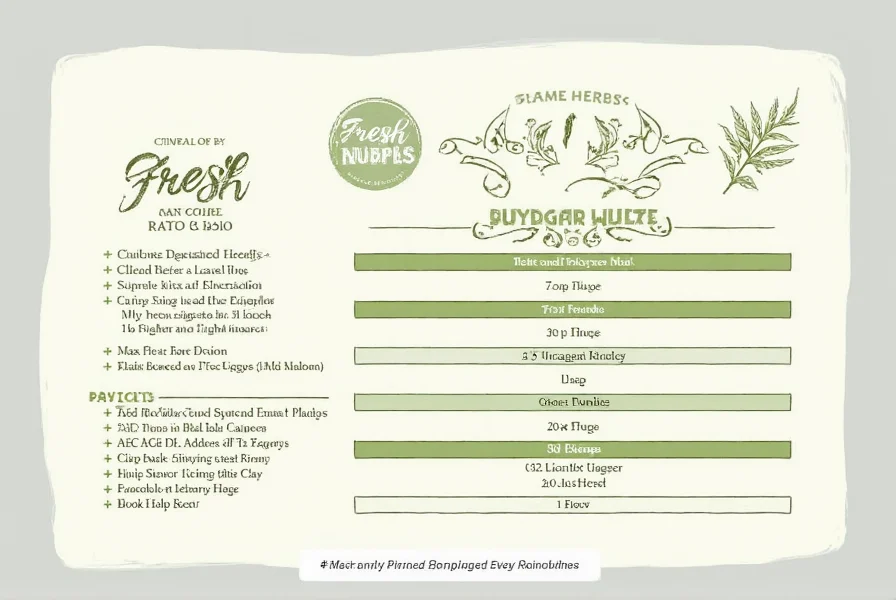
How to Store Both Fresh & Dried Herbs
Proper storage is key to keeping both fresh and dried herbs at peak potency. Here's how to store each type so they last longer and retain more flavor.
Storing Fresh Herbs
If you've ever had fresh parsley wilt into a sad green puddle after two days, you know how frustrating it can be. Keep your fresh herbs vibrant with these easy methods:
- Trim and Hydrate: Like cut flowers, trim the stems and place them in a jar with a little water. Cover loosely with a plastic bag and store in the fridge.
- Freeze in Oil: Chopped herbs mixed with olive oil and frozen in ice cube trays make perfect portioned additions to sautés and sauces.
- Use Airtight Containers: If space is tight, use sealed containers lined with paper towels to absorb excess moisture.
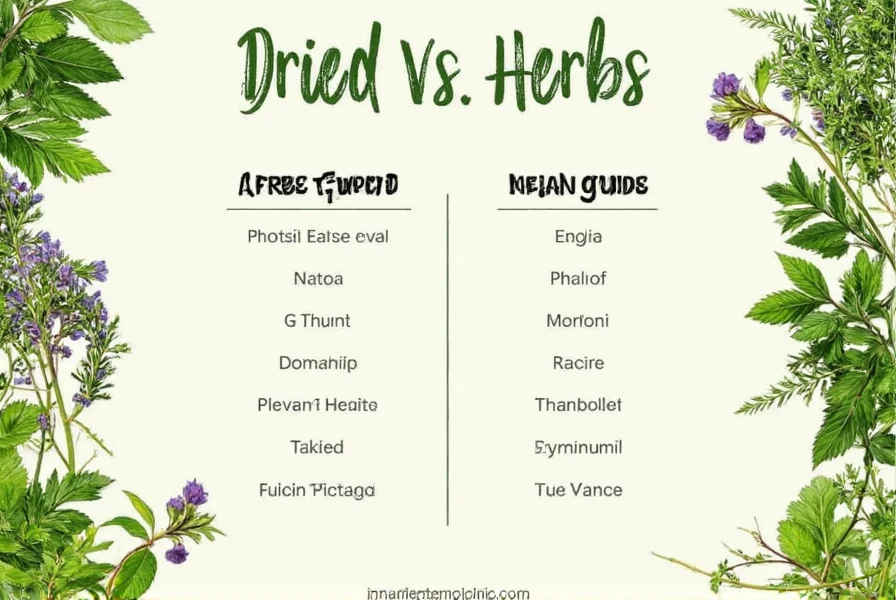
Storing Dried Herbs
Dried herbs can last up to a year if stored properly. Here's how to ensure longevity:
- Keep It Cool & Dark: Heat and light degrade flavor, so store dried herbs in a cool, dark cabinet away from the stove or sunlight.
- Airtight Containers Are Key: Glass jars with tight lids are ideal. Avoid plastic bags that don't seal well.
- Label Everything: Mark the date when you bought or dried each herb so you know when to replace them.
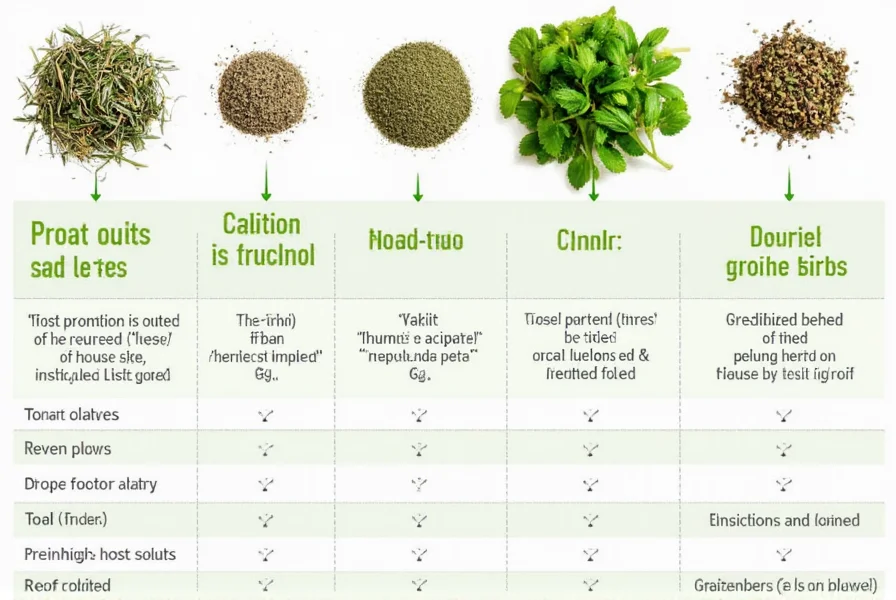
Buying Guide: Best Products for Storing & Using Herbs
Let's face it — not all herb storage solutions are created equal. Here are some must-have products that make storing, preserving, and using herbs a breeze.
1. OXO Good Grips Herb Keeper
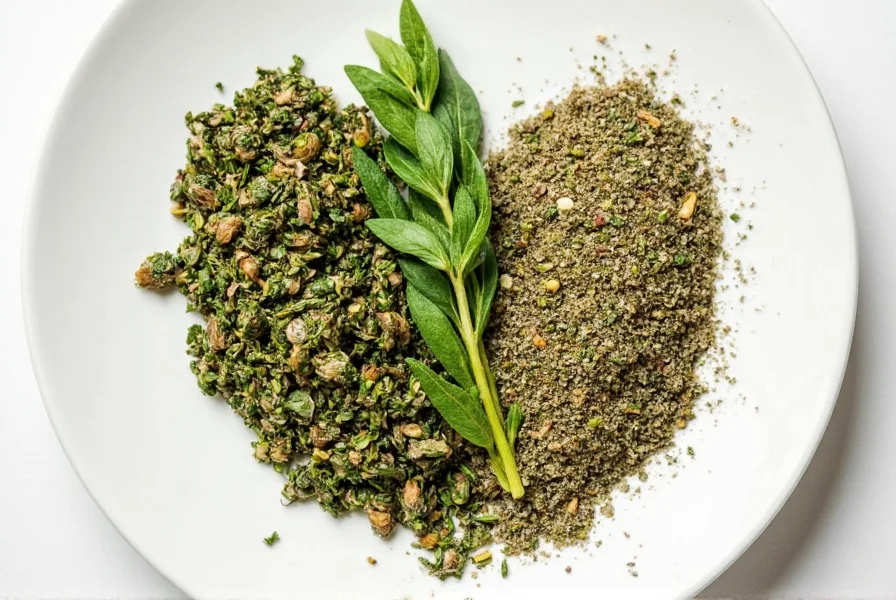
- Features: Water reservoir with adjustable lid, compact design
- Advantages: Keeps herbs fresh for up to 2 weeks
- Best For: Cilantro, parsley, dill, mint
- Target Audience: Urban cooks with limited fridge space
- Occasion: Everyday cooking, meal prep, grocery hauls
2. Prep Naturals Spice Jar Set
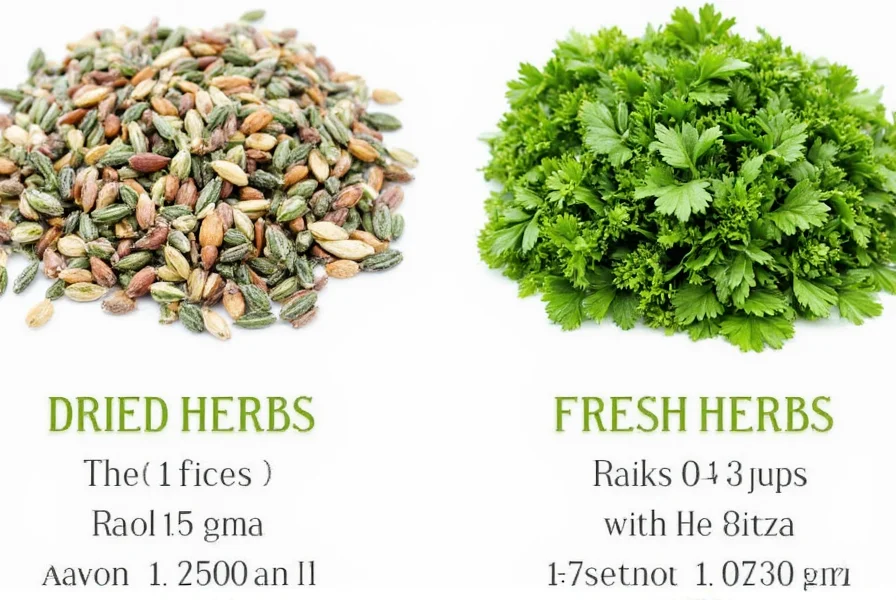
- Features: Clear glass with magnetic labels, stackable design
- Advantages: Easy to organize and read; keeps spices dust-free
- Best For: Long-term storage of dried herbs and spices
- Target Audience: Organized home cooks and spice lovers
- Occasion: Holiday baking, weekly meal planning
3. Pampered Chef Herb Mill
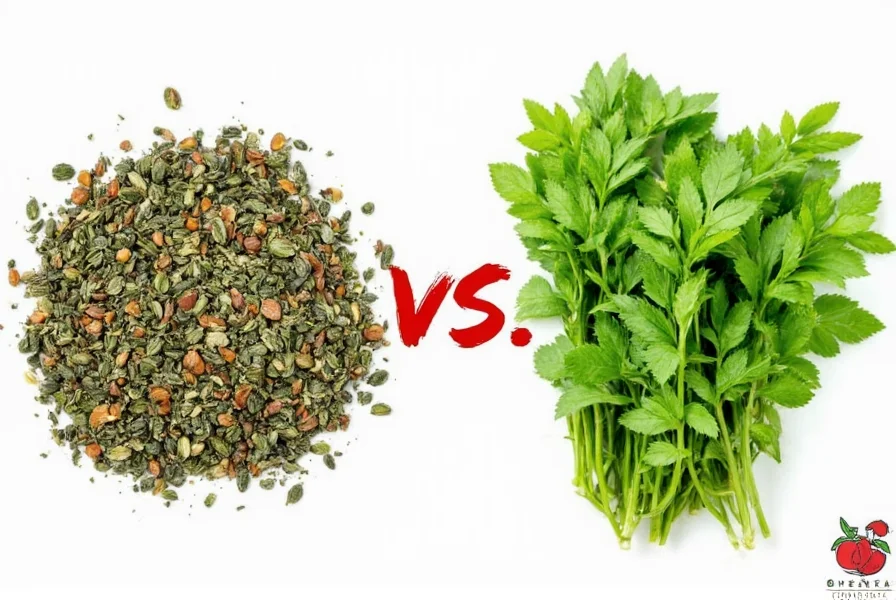
- Features: Manual grinding with stainless steel blades
- Advantages: Grinds dried herbs finely without clumping
- Best For: Rosemary, thyme, sage
- Target Audience: Those who prefer freshly ground texture
- Occasion: Weeknight dinners, weekend roasts
4. Norpro Silicone Herb Freezer Trays
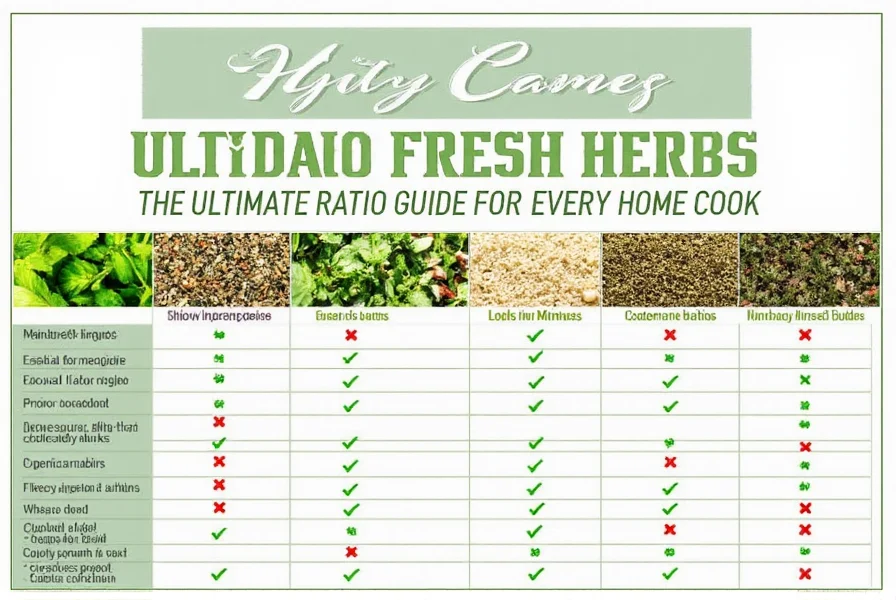
- Features: Flexible silicone compartments with lids
- Advantages: Preserves flavor and makes portioning easy
- Best For: Basil, chives, parsley, cilantro
- Target Audience: Batch cooks and freezer meal prep fans
- Occasion: Soup season, holiday cooking
5. Joseph Joseph Twist 'n' Store Herb Container
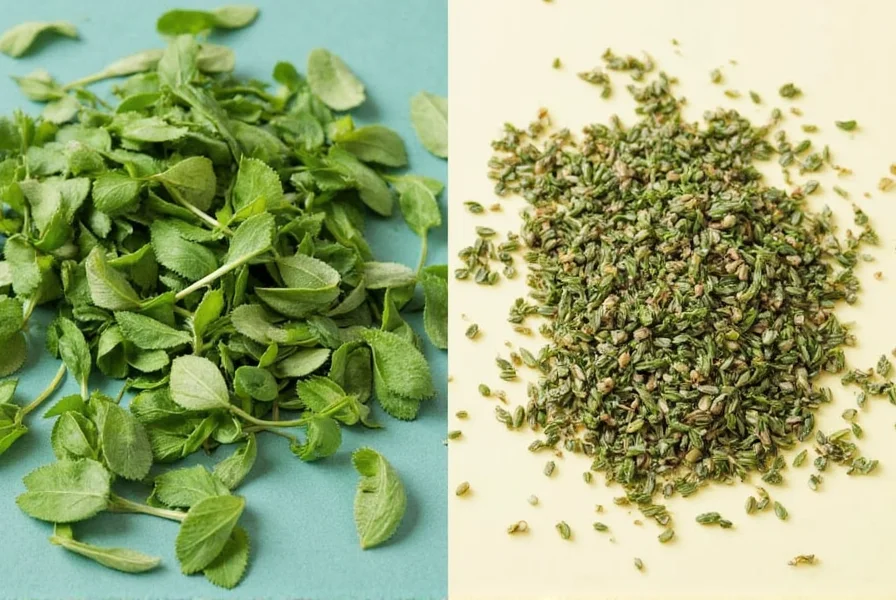
- Features: Built-in chopping blade, twist-and-store function
- Advantages: Chops and stores in one motion; reduces mess
- Best For: Quick meals, garnishing, cocktails
- Target Audience: Busy professionals and minimalist kitchens
- Occasion: Lunch breaks, dinner parties
Pro Tips for Using Fresh & Dried Herbs in Cooking
Knowing when to add herbs can be just as important as knowing how much. Here are some pro tips to help you elevate your cooking game.
When to Add Fresh Herbs
- Add at the end of cooking to preserve delicate flavors and colors
- Ideal for garnishing salads, cold dishes, and salsas
- Perfect for infusing oils and vinegars
When to Add Dried Herbs
- Add early in slow-cooked dishes (stews, braises, sauces)
- Mix into dry rubs or marinades for deeper flavor penetration
- Rehydrate before use in dressings or vinaigrettes
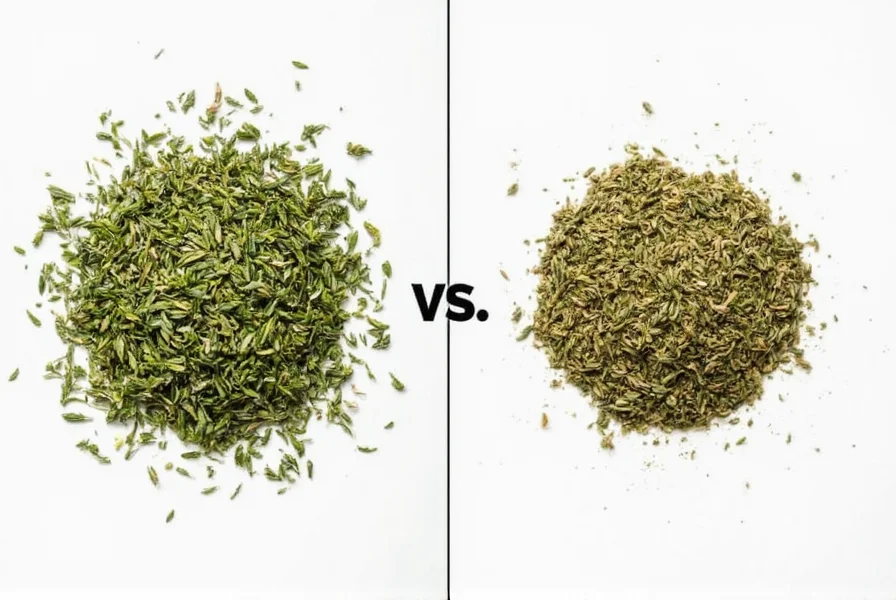
Don't Overdo It
Even though dried herbs are more concentrated, overusing them can backfire. Start with half the recommended amount and adjust to taste — especially with strong herbs like rosemary and sage.
Pair Thoughtfully
Some herbs work better together than others. Try classic pairings like:
- Thyme + Sage + Garlic
- Basil + Oregano + Red Pepper Flakes
- Dill + Lemon + Dill (yes, double dill works!)
Frequently Asked Questions About Dried to Fresh Herb Ratios
- What is the basic dried to fresh herb conversion ratio?
The general rule is a 3:1 ratio - 1 tablespoon of fresh herbs equals 1 teaspoon of dried herbs. This is because drying concentrates the flavor by removing moisture content. However, some stronger herbs like rosemary and thyme may require even less dried herb (sometimes a 4:1 ratio). - Can I always substitute dried herbs for fresh in a 1:1 ratio?
No, substituting on a 1:1 basis will almost always result in an overly strong herbal flavor. Dried herbs are more concentrated due to the removal of water content (which can be up to 80% of fresh herbs). Using equal amounts of dried instead of fresh could make your dish taste medicinal or overwhelming. - Why do some herbs have different conversion ratios?
Different herbs have varying concentrations of essential oils and water content. Stronger herbs like rosemary, thyme, and sage maintain more potency when dried, so you need even less dried version compared to milder herbs like parsley or cilantro. That's why rosemary uses a 2:1 ratio (1 tbsp fresh = ½ tsp dried) while parsley uses closer to the standard 3:1 ratio. - Can I substitute fresh herbs for dried in slow-cooked recipes?
Yes, but you'll need to use more fresh herbs and add them later in the cooking process. Since fresh herbs are less concentrated, you'll need about 3 times the amount of fresh compared to dried. Also, add fresh herbs near the end of cooking to preserve their flavor, while dried herbs should be added early to allow time for rehydration and flavor release. - How long do dried herbs retain their potency?
Properly stored dried herbs (in airtight containers away from heat and light) maintain good flavor for about 1-2 years. After this, they don't spoil but gradually lose potency. You can test if your dried herbs are still good by rubbing a small amount between your fingers - if you can't smell a strong aroma, it's time to replace them. - Can I make my own dried herbs from fresh?
Absolutely! You can dry herbs by hanging them in bundles in a warm, dry, dark place, or by using a dehydrator or low-temperature oven. Home-dried herbs often have better flavor than store-bought because you can dry them at peak freshness. When using home-dried herbs, start with the standard 3:1 ratio but be prepared to adjust since drying methods affect final potency.
Final Thoughts
Mastering the dried herbs to fresh ratio doesn't just save you a trip to the store — it unlocks a world of culinary creativity. Whether you're cooking a weeknight stir-fry or hosting a weekend feast, knowing how to substitute and store herbs ensures your food always hits the right note.
Remember, the best herb is the one you actually use. Don't be afraid to experiment with different ratios and pairings. With proper storage and a few clever tools, you can keep your spice rack stocked and ready for any recipe.
Happy cooking, herb enthusiasts!

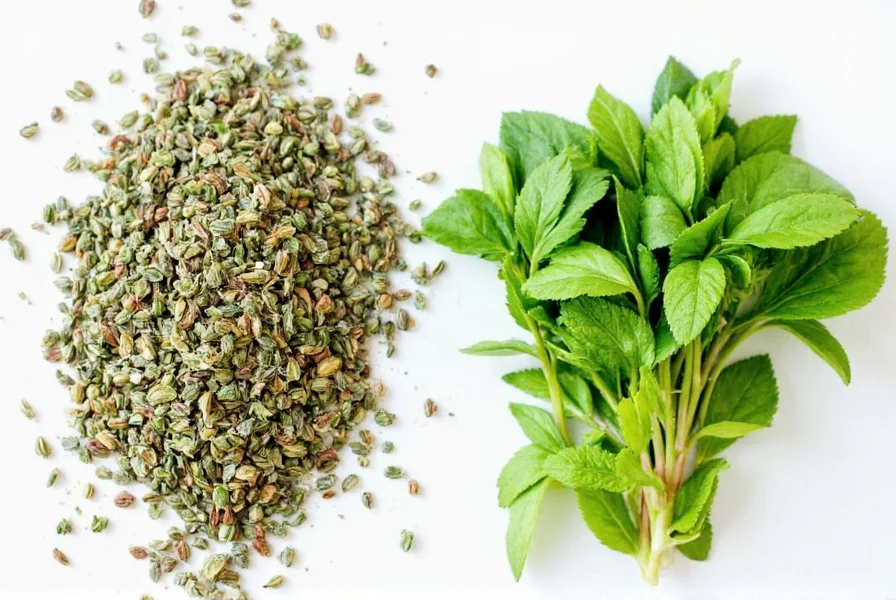









 浙公网安备
33010002000092号
浙公网安备
33010002000092号 浙B2-20120091-4
浙B2-20120091-4